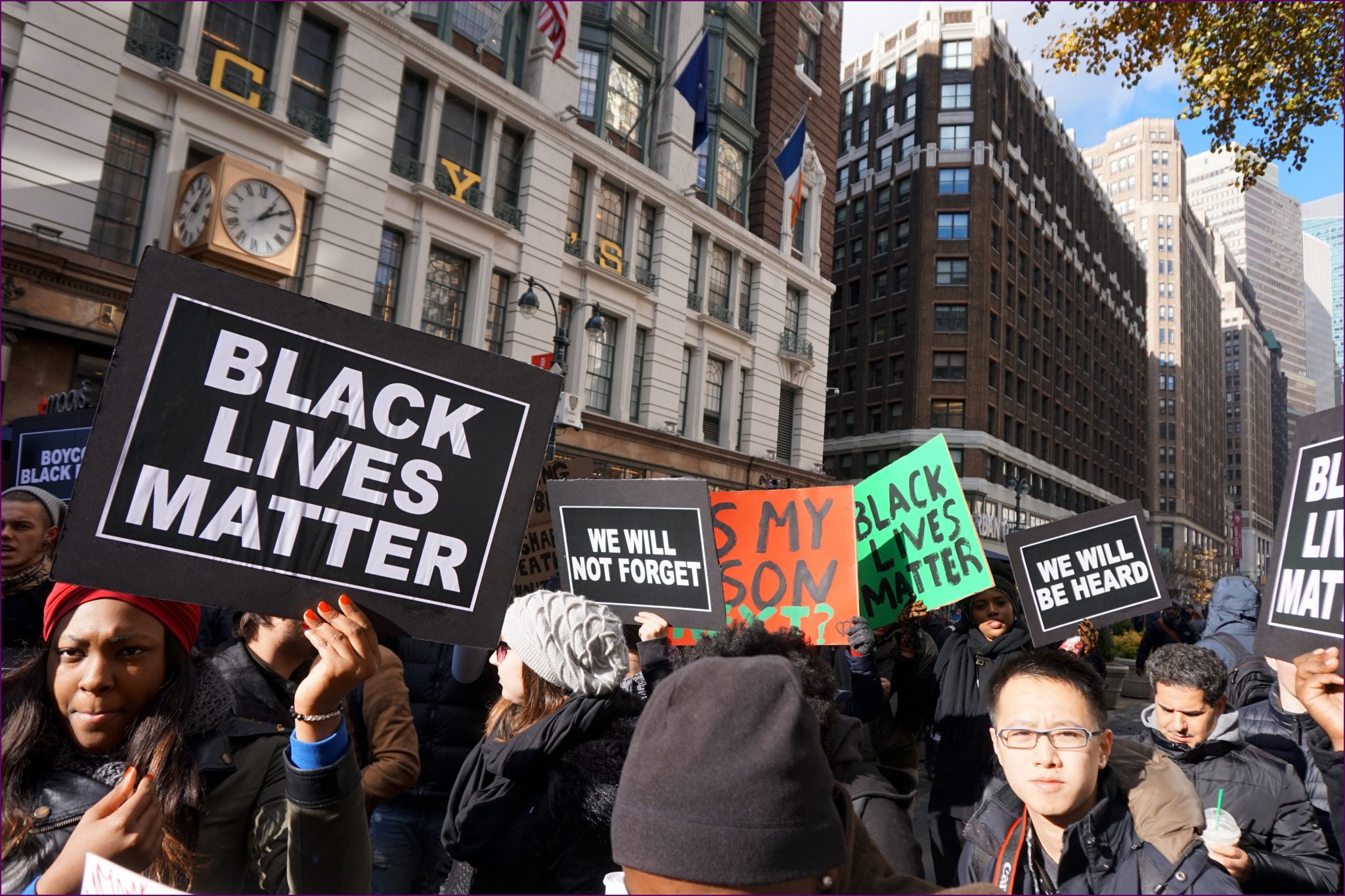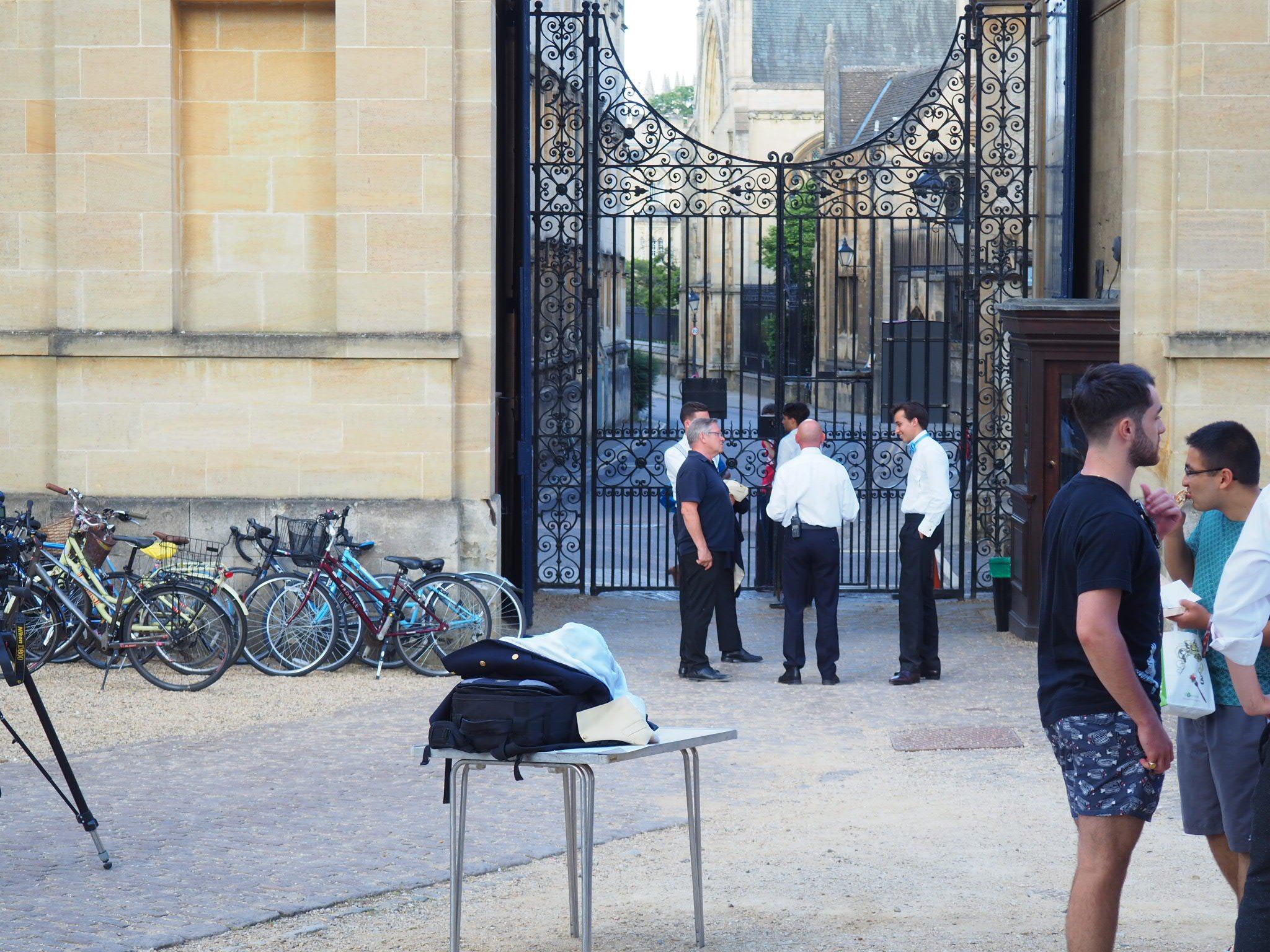While incorporating moving character development and an entertaining plot, Harry Potter and the Cursed Child is most notably a visual masterpiece. Clever special effects make the performance truly seem magical, with actors replacing each other within the same robes on stage slickly to create a convincing illusion of a Polyjuice Potion transformation, and characters appearing to travel through the solid wall of a phone box to enter the Ministry of Magic. Lighting effects make the entire set appear to ripple as characters travel through time.
The set is well chosen, with permanent instalments in the style of Victorian station pillars, obviously effective for King’s Cross and the high ceilings of Hogwarts, but also movable to create an imposing forest. The attention to detail is stunning, with the entire theatre, including the ceiling, revealed to be covered in ultraviolet writing at one crucial moment. Even set changes were spectacular, with well thought out costume and choreography replacing the typical hidden stage hands with swirling cloaks. One particularly emotive visual was the dementors, imposing and dramatic, floating into the audience and truly seeming animated, although uncannily not quite alive.
The Cursed Child tells a wonderful story in its own right, resisting the very real option of relying too heavily on nostalgia. New characters are foregrounded and complex, and both Albus and Scorpius are very different both to their actual fathers (Harry and Draco) and from the legends built around them. The choice to take Albus’ fear of being placed in Slytherin, as expressed in the final novel, and construct a ‘what if’ narrative around this idea was an excellent springboard for examining a complex and shifting relationship between Harry and his son. The boys are also often extremely funny, with Albus, disguised as Ron, trying to divert Hermione from his friends’ secret misdemeanours by declaring, “I want a baby!” and then, backtracking, “or a holiday.”
The plot impressively had enough to give for a play of such great length, although had a fairly weak villain, with both her dialogue and actress Esther Smith lacking nuance. It drew off and asked moral questions about old storylines while having the courage to forge completely new ones and focus on the development of relationships between new characters.
However, I am doubtful how accessible the play would prove for new viewers unacquainted with the original series – although I suppose this is a lesser risk when it comes to Harry Potter. Without this context, the significance of much of what is revisited through time travel would be lost. I also did really enjoy seeing familiar characters grown up (although this term seems generous in the case of Ron!) Seeing Hermione as the Minister for Magic, typically earnest and hardworking, whilst more confident and settled, is immensely satisfying. Noma Dumezweni’s performance wonderfully combines the character’s sincerity and warmth. Ginny as Sports Editor of the Daily Prophet is a less predictable great fit.
It is wonderful to see a developed and interesting adaptation of Ginny, who retains her fire and spirit from the books, after the films’ wet interpretation. While it was frustrating to see her fall into the common trope of a highly competent female character whose primary role is in helping the male lead grow, mature and ‘find himself’, the play otherwise does well on this count: when McGonagall compliments Albus, Harry agrees and compares him to Ginny, and Hermione is as formidable as ever.
Something I have always loved about Harry Potter is how it plays out fundamentally human experiences within a magical world, often using magic to render psychological experiences visceral. Boggarts explore how fear can be attacked with laughter: the charm cast by Lily’s sacrifice examines how active and protective a force love can be. The exploration of Harry’s trauma within The Cursed Child follows this tradition beautifully, and shows how everything does not simply return to normal with Voldemort’s death. The medium of stage allows for vibrant portrayal of Harry’s re-experiencing through nightmares, with the past just as solid and present on the stage as Harry himself. While Harry’s nightmares and paranoia hold magical significance, they also explain a great deal about the man he’s become.
The Cursed Child is rich with humour and warmth, with difficult and complex relationships at its heart – and if none of that draws you in then just go for the special effects.






